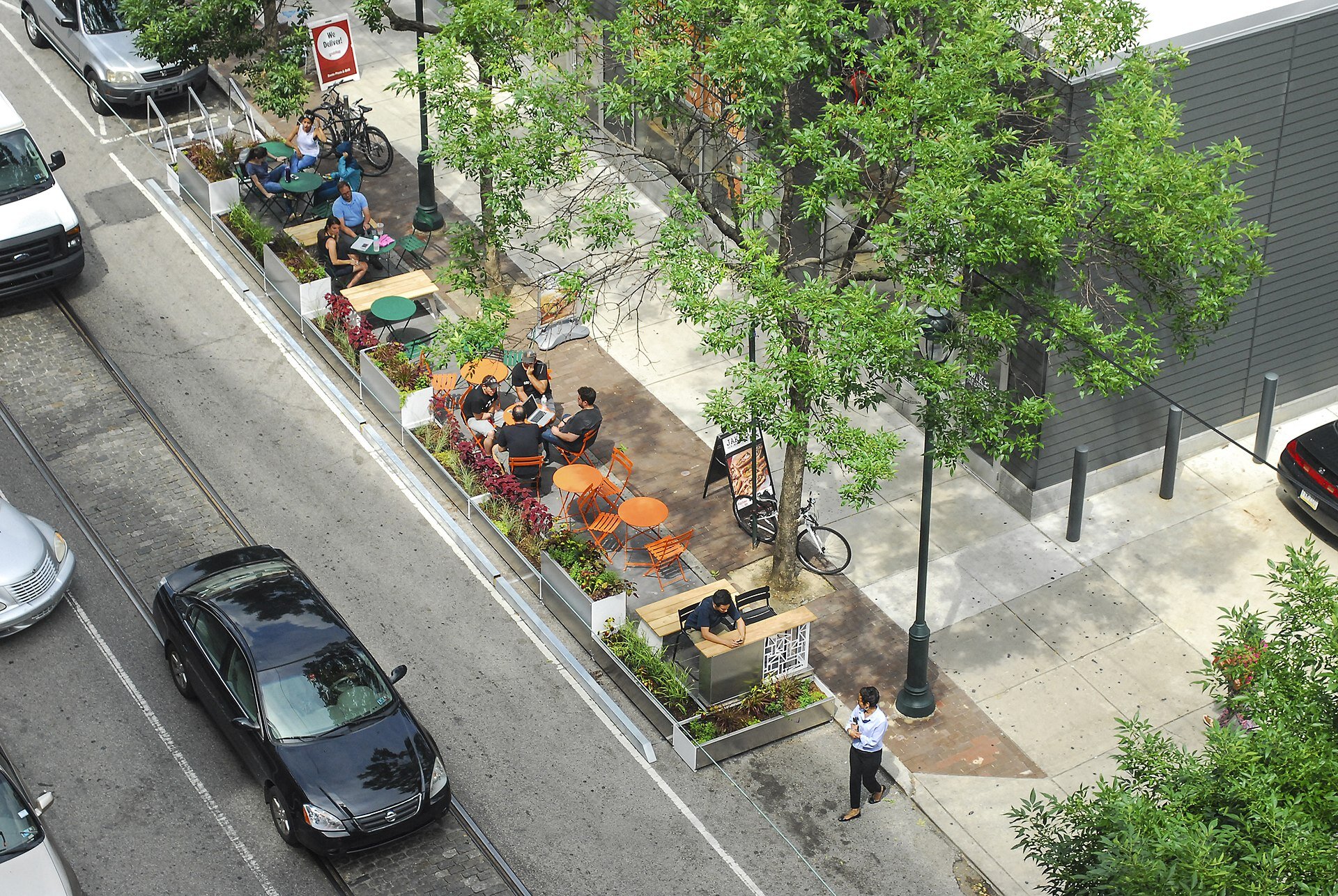NYC TO OPEN 100 MILES OF STREETS
Park Avenue open to pedestrians. NYC Urbanism, April 2020.
Yesterday NYC announced plans to close 40 miles of streets to automobiles, with the aim of eventually closing up to 100 miles of streets around the city. The streets would be used for expanded pedestrian and bike use as summer approaches and New Yorkers continue social distancing. The closure highlights the need to rethink how streets and sidewalks are planned – in Manhattan's crowded Financial District, some sidewalks measure under 3 feet wide and most sidewalks in New York City cannot accommodate adequate social distancing.
Empty Park Ave. NYC Urbanism, April 2020.
The Mayor and Governor announced the plan following a City Council bill that sought to close 75 of the 6,000 total miles of city streets and led to some debate over the impact on emergency vehicles. Last month the city had only closed four streets; Bushwick Ave in Brooklyn, Park Ave in Manhattan, 34th Ave in Queens, and Grand Concourse in the Bronx, which were then reopened following enforcement issues.
Since stay at home orders went into effect the city has seen a decrease in traffic that could facilitate the closing of streets. In addition to increased parking spaces and faster bus service, the New York Times reported the reduction in traffic has lead to an exponential increase in speeding – an average of 288% on the Brooklyn-Queens Expressway, previously one of the city's most congested roads. Traffic cameras have been issuing double the number of daily tickets as a result despite the reduction in overall vehicles on the road.
Over the past century, NYC has reduced many sidewalk widths to accommodate for increased automobile traffic and parking. We now have the perfect opportunity to widen sidewalks and reclaim pedestrian space from the automobile. The City has approximately 3 million curbside parking spaces, of which 95% are free. This adds up to 500 million square feet of public space going towards private automobiles. Free street parking encourages people to drive. A reduction of street parking in central business districts would force more commuters to use public transit, reducing congestion and pollution, while expanding open space. Traffic caused by drivers constantly circling in search of free street parking would also be reduced, making the streets safer.
Curbside parking converted to bike parking and outdoor seating for a restaurant in Stockholm’s Södermalm. NYC Urbanism, August 2019.
A seasonal "parklet" sidewalk extension in Philadelphia by ShiftSpace Design, one of many interventions that reclaim street parking for public uses.
Cities around the world have replaced parking in urban cores with open space. European cities like Stockholm, Amsterdam and Oslo have removed parking spaces in dense downtown areas replacing them with benches, bike lanes, and seating for cafes and restaurants. Some have gone further to ban cars in the densest districts and incentivize remote parking with public transit links. New York could remove street parking in congested areas, reclaiming it for public space while preserving spots for truck unloading and handicap access. In commercial areas parking spaces could even serve truck deliveries late night and morning, switching to accommodate extended seating for restaurants and cafes during the day and evening.
Open Streets is planned to stay in effect for the duration of "NY PAUSE" providing the city with ample opportunity to experiment with pedestrianization and open space in previously congested areas.




